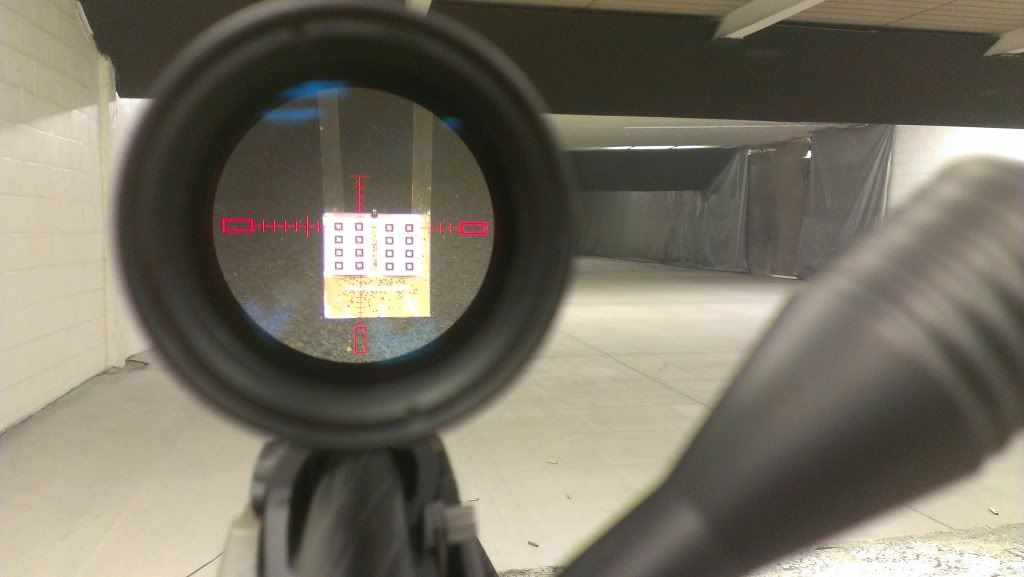As a follow up to my first thread where I was having problems with my OCW load, I followed everyone's advise and ran another OCW last night, sans lead sled. There results pretty well mimicked what I found on my original OCW, and ditching the lead sled tightened up the groups to where they should be. It also re affirmed my OCW node, previously I found the center of a node at 43.8 / 43.9 I believe, and I may be wrong, but this OCW shows that as well, maybe leaning towards the 44 grain area.
Also, I am absolutely amazed at the velocity I am getting out of this Bartlein tube - 26" 5R, chambered by Chad @ Long Rifles Inc.
Also a note - These were loaded at .020 off the lands (2.135" to ogive) - Varget, 2x Lapua brass with "standard prep", 175 Sierra's, in Redding comp dies. Absolutely no pressure signs, even at 45.4
I'm hoping Mr. Dan Newberry will see this and chime in
Thoughts??? Everything from 43.4 - 44.6 looks damn good to me - plus a bonus is all those groups are right around .400 +/-
The rig:

Downrange:

The Targets with Chrono Data (Magneto Speed)


Also, I am absolutely amazed at the velocity I am getting out of this Bartlein tube - 26" 5R, chambered by Chad @ Long Rifles Inc.
Also a note - These were loaded at .020 off the lands (2.135" to ogive) - Varget, 2x Lapua brass with "standard prep", 175 Sierra's, in Redding comp dies. Absolutely no pressure signs, even at 45.4
I'm hoping Mr. Dan Newberry will see this and chime in
Thoughts??? Everything from 43.4 - 44.6 looks damn good to me - plus a bonus is all those groups are right around .400 +/-
The rig:

Downrange:

The Targets with Chrono Data (Magneto Speed)



